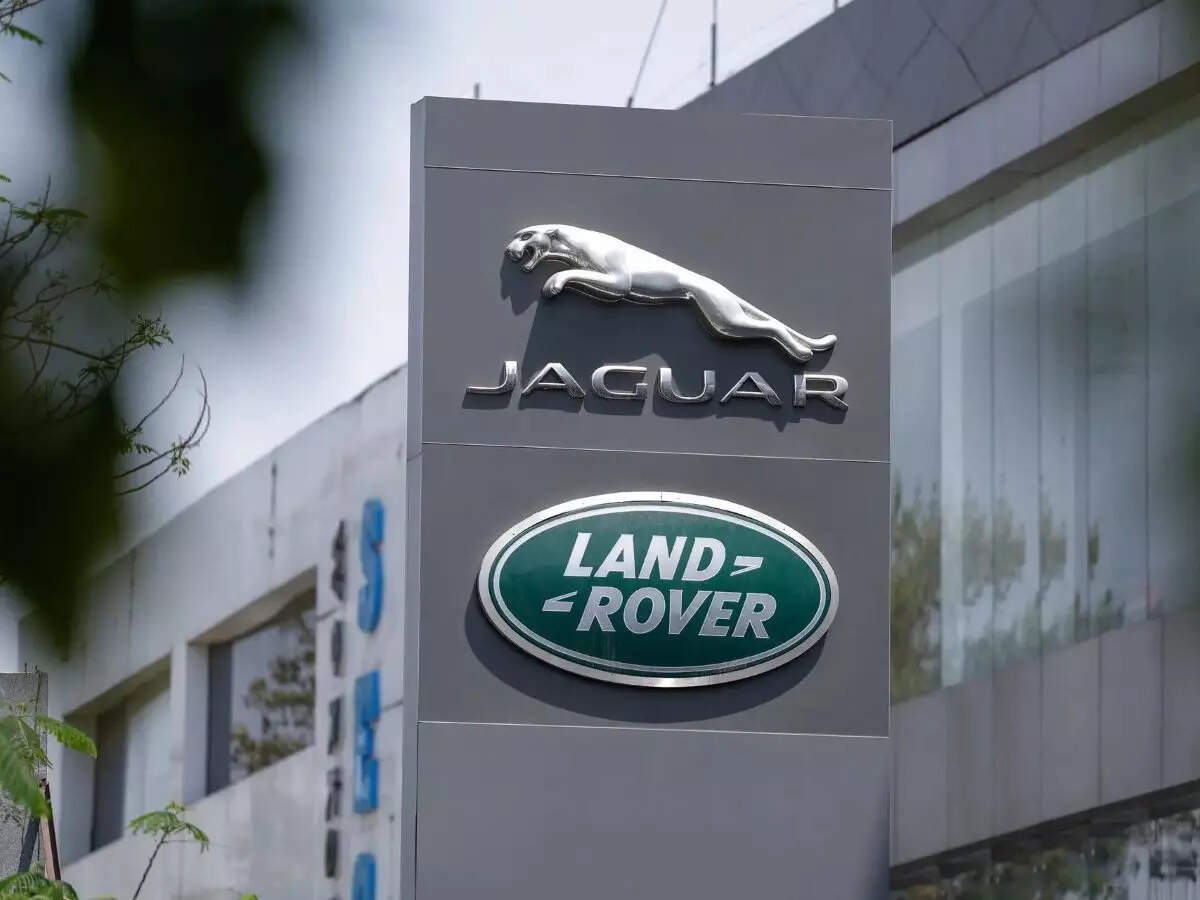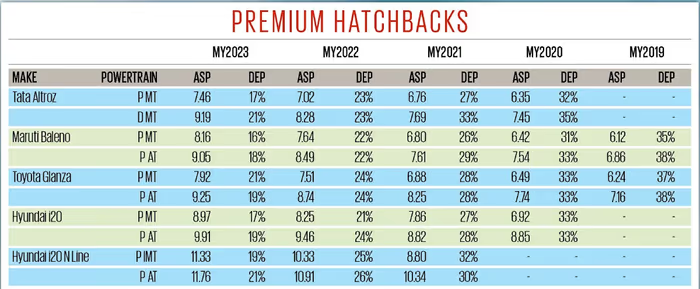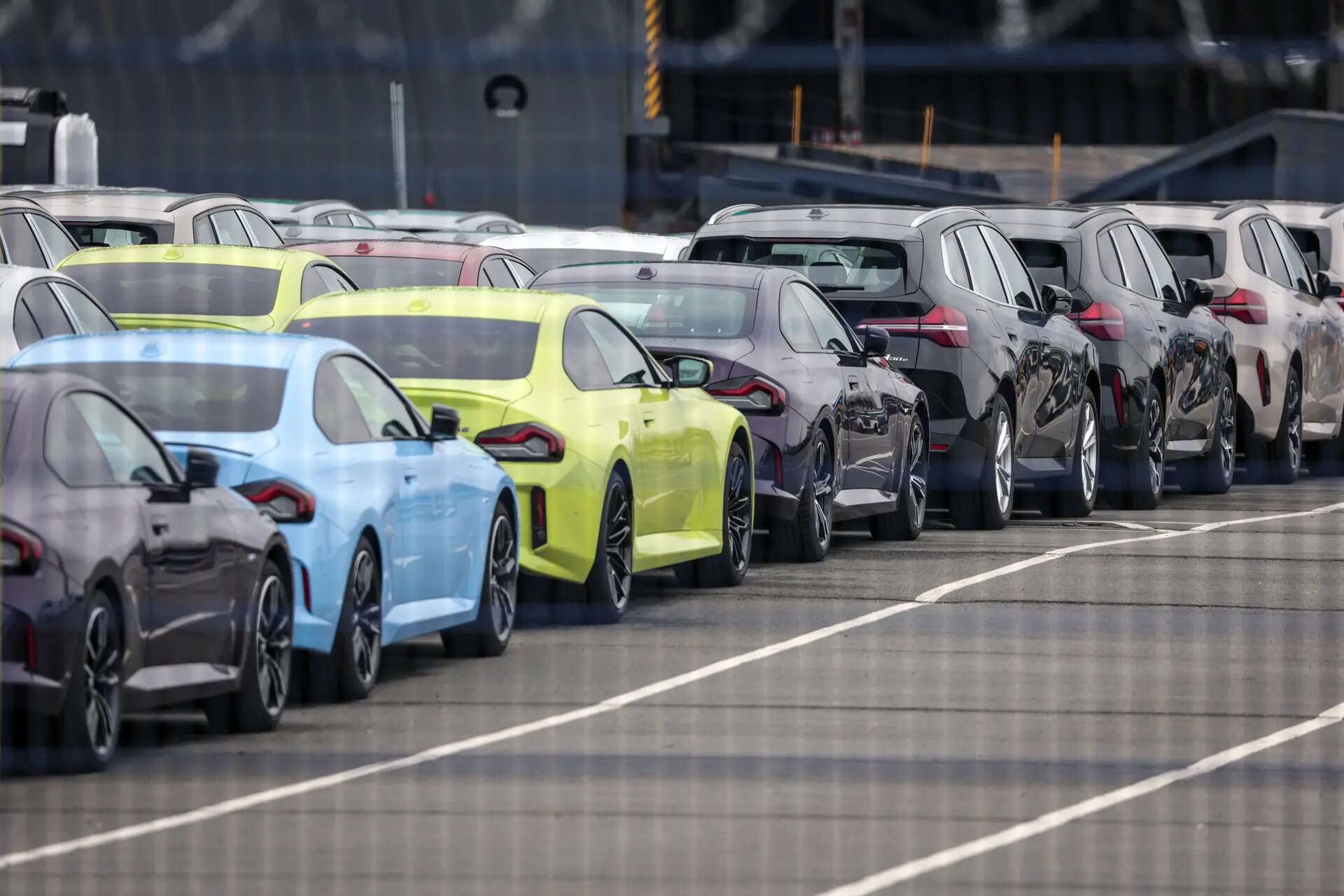 Increasing operational costs, inadequate back-end support and outdated retail models that stifle innovation have compounded the issue, another dealer said on condition of anonymity.
Increasing operational costs, inadequate back-end support and outdated retail models that stifle innovation have compounded the issue, another dealer said on condition of anonymity.Leading automobile manufacturers have aggressively expanded their sales touchpoints, even as passenger vehicle sales have been under pressure in recent months, sparking concern among their dealers.
While manufacturers justify the rapid growth of their dealership networks as part of a broader strategy aligned with a strong growth phase, dealers argue that the network expansion is being used to push inventory and inflate wholesale numbers.
The expansion led to a dip in per-outlet sales in 2024-25 for several major players, including Maruti Suzuki, Hyundai and Tata Motors. However, a few companies such as Mahindra & Mahindra, Toyota and Kia saw a marginal increase in per-outlet sales, according to data compiled by the Federation of Automobile Dealers Associations (PALACE).
While Maruti SuzukiMahindra & Mahinda and Kia saw a 1-4per cent jump in the number of dealerships in 2024-25, others such as Tata Motors and Toyota saw a surge of 25-27per cent . The mushrooming of outlets in overlapping territories came during a year when most manufacturers recorded lower sales.
Dealers said this led to internal cannibalisation of sales, shrinking margins, a fragmented customer experience, heightened discounting and inconsistent service standards-all of which threaten long-term value creation.
“When too many dealerships compete in limited geographies, individual outlet volumes drop. It also strains the relationship between manufacturers and dealers,” said a dealer representative, who did not wish to be identified.
Increasing operational costs, inadequate back-end support and outdated retail models that stifle innovation have compounded the issue, another dealer said on condition of anonymity.
Manufacturers, however, maintain that they are in the midst of a growth cycle, driven by the launch of new models. Škodafor instance, recently introduced two new vehicles-the sub-four-metre sport utility vehicle (SUV) Kylaq and the seven-seater SUV Kodiaq.
The company aims to sell 1,00,000 vehicles annually by 2026 and plans to expand its dealership network to 350 outlets by the end of 2025 from the current 284. “This network expansion underpins our long-term strategy of accessibility and customer proximity, with plans to enter over 40 new tier-2 and tier-3 cities in 2025 alone,” said Petr Janeba, brand director, Škoda Auto India.
The expansion in digital outreach to potential customers notwithstanding, auto manufacturers see value in opening new physical outlets. “There is a personalised feel, and physical experience is the key for a better sale,” said a senior executive of a Delhi-based car company, requesting not to be identified.

























































